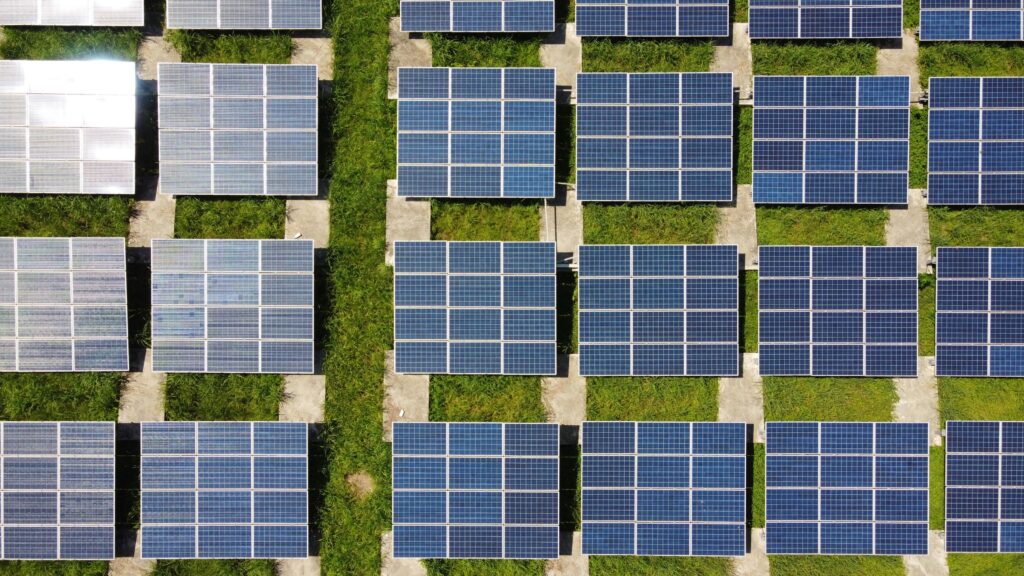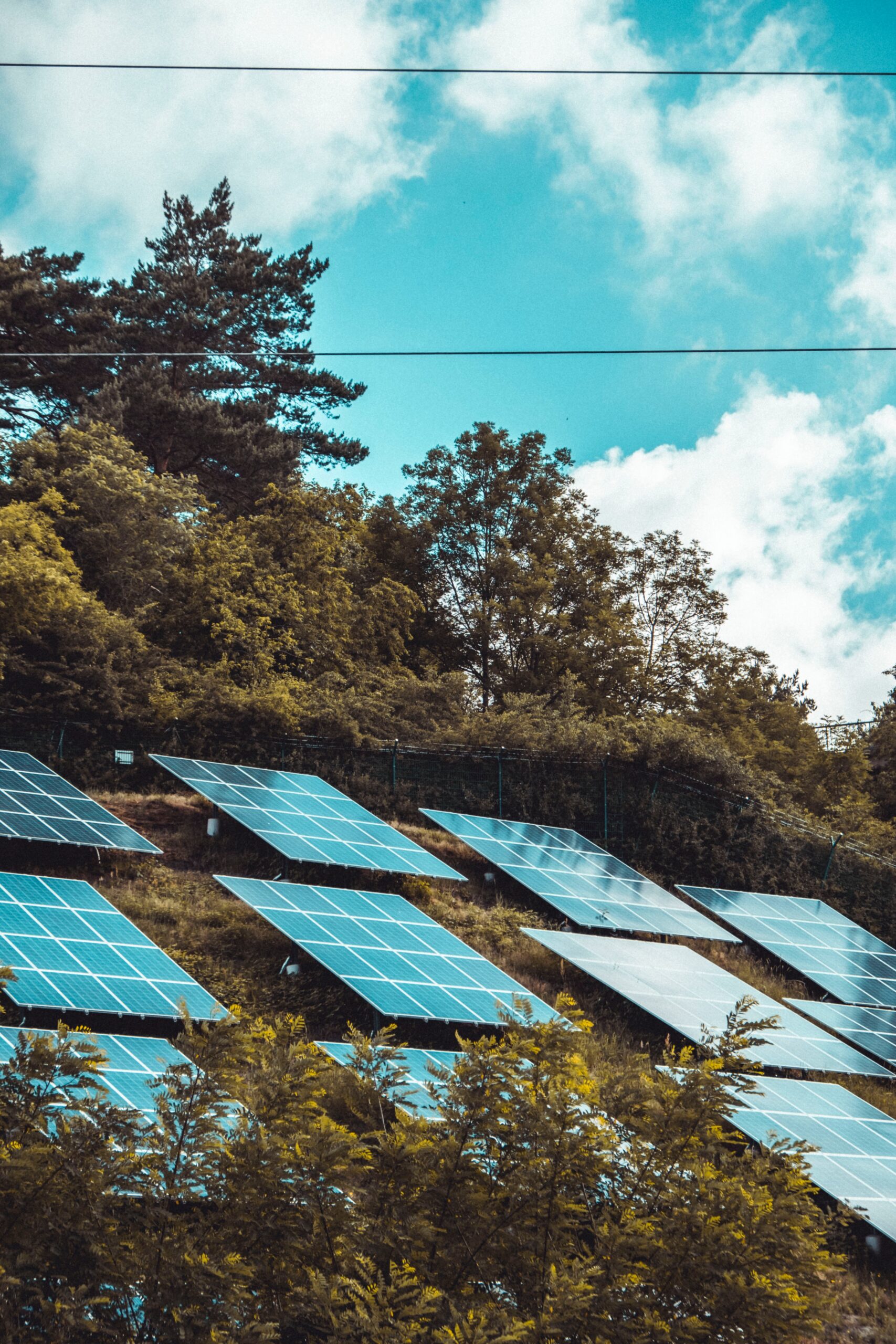In a world filled with advanced technology like electric cars, 3D printing, functional robots, and artificial intelligence, one might think that solar panel technology has reached its pinnacle.
However, solar panels are still a relatively new technology and have many ways in which they can be vastly improved. Both scientists and solar manufacturers have spent tens of thousands of hours and tens of millions of dollars improving solar panel efficiency.
By raising solar panels’ current efficiencies, homeowners will save more money and produce significantly less long-term waste.

What is Solar Panel Efficiency?
The Merriam Webster dictionary defines efficiency as “the ratio of the useful energy delivered by a dynamic system to the energy supplied to it.” Thus, solar panel efficiency is measured by how effectively a panel is able to absorb light from the sun and then turn that light into electricity.
For example, if a panel was graded to be 20% efficient, that would mean that the panel converts about ⅕ of the sunlight that it receives into electricity. Currently, typical solar panels efficiency ranges from about 14-23%. If scientists were able to create a panel that converted all of the light it received into electricity (100% efficiency), homeowners would need 80% less panels to produce the exact same amount of electricity.
This would make solar more accessible and affordable for all homeowners. While 20% might seem low by today’s high standards, it is important to get a grasp of the history of solar efficiency to see how far the technology has come.
A Brief History of Solar Panel Efficiency
In 1954, scientists Daryl Chapin, Calvin Fuller, and Gerald Pearson created the world’s first silicon photovoltaic cell. This PV cell was the first that could truly power an electrical device for several hours at a time. It was only 6% efficient, but this was a revolutionary discovery and invention for the world of science. Over the next two decades, solar technology made some progress and was used to power the majority of satellites.
In the beginning of the 1970s, oil shocks heavily increased the prices of oil globally, causing an energy crisis in the United States. This energy scare led to the passing of the Solar Energy Research, Development and Demonstration Act of 1974, which had a mission to make solar energy more accessible to the general public.
In the next three decades, millions of dollars were invested in solar technology and the first homeowners began to purchase panels to power their homes. In the late 1990s, most of the solar panels available on the market had a 10-15% efficiency rating. In 2006, the government enacted the federal solar tax credit, the investment tax credit (ITC), which allowed homeowners to save 30% on the overall cost of their system. This act drove more residential demand, increased competition, and lowered prices. The last 15 years have been monumental in solar panel technology.
Not only has efficiency reached a peak of 24%, but millions of residential homeowners have made the switch to solar!
Why Solar Panels Aren’t 100% Efficient
Unfortunately, solar panels are far from reaching 100% efficiency. This is mainly due to the fact that the sun gives off a wide variety of photons that have different energies. The semiconductor within the solar panels can only absorb a certain range of energized photons.
This means that photons that have too high or too low of an energy will be wasted as heat within the semiconductor (which explains why solar panels heat up even in snowy weather). Hypothetically speaking, if the sun were to give off one wavelength of light, solar panels could reach 100% efficiency. But for now, scientists estimate that the maximum efficiency that solar panels could reach with the technology scientists currently have is 68%.
Another aspect of solar efficiency gradings to consider is that the number associated with the panels are from lab tests in nearly perfect solar conditions. Labs provide optimal roof angle, maximum sunlight exposure, and the best wavelengths for their panels to get tested in. While the numbers produced are accurate, they do not take in account for natural elements like shade from trees and clouds.
Depending on your home’s unique characteristics and the weather patterns of your local region, your panels should only drop a couple points in efficiency when compared to official lab metrics. Although there is no knowing what the future holds, it is unlikely that solar panels will ever reach 100% efficiency.
Should Solar Panel Efficiency Influence My Decision to Go Solar?
For many homeowners considering solar, the biggest question they have to answer before pulling the trigger on buying new panels is: when should we go solar? Although this question has several influencing factors, solar panel efficiency plays a huge role in deciding the value of solar for homeowners. Many ponder questions like: Should we wait 5-10 years for more efficient and cheaper panels?
Although solar panel technology is bound to improve over the next decade, the solar industry has shown that upgrades to solar efficiency is a relatively slow process. In any given year, improvements to solar panel efficiency can go up by .5-1%. This means that in a decade, solar panel efficiency could potentially be higher than 30%. With that being said, the higher efficiency panels tend to be the most expensive and are less commonly used by residential solar companies.
Shop Renewable Energy believes that waiting on solar is a mistake. The Federal Tax Credit alone can save a homeowner thousands of dollars on their system that would take years for a slightly more efficient system to cover. Thus, by waiting a decade to go solar, homeowners will miss out on thousands in savings through government incentives and only see a slight improvement to the efficiency of the newer panels installed on their roof.

